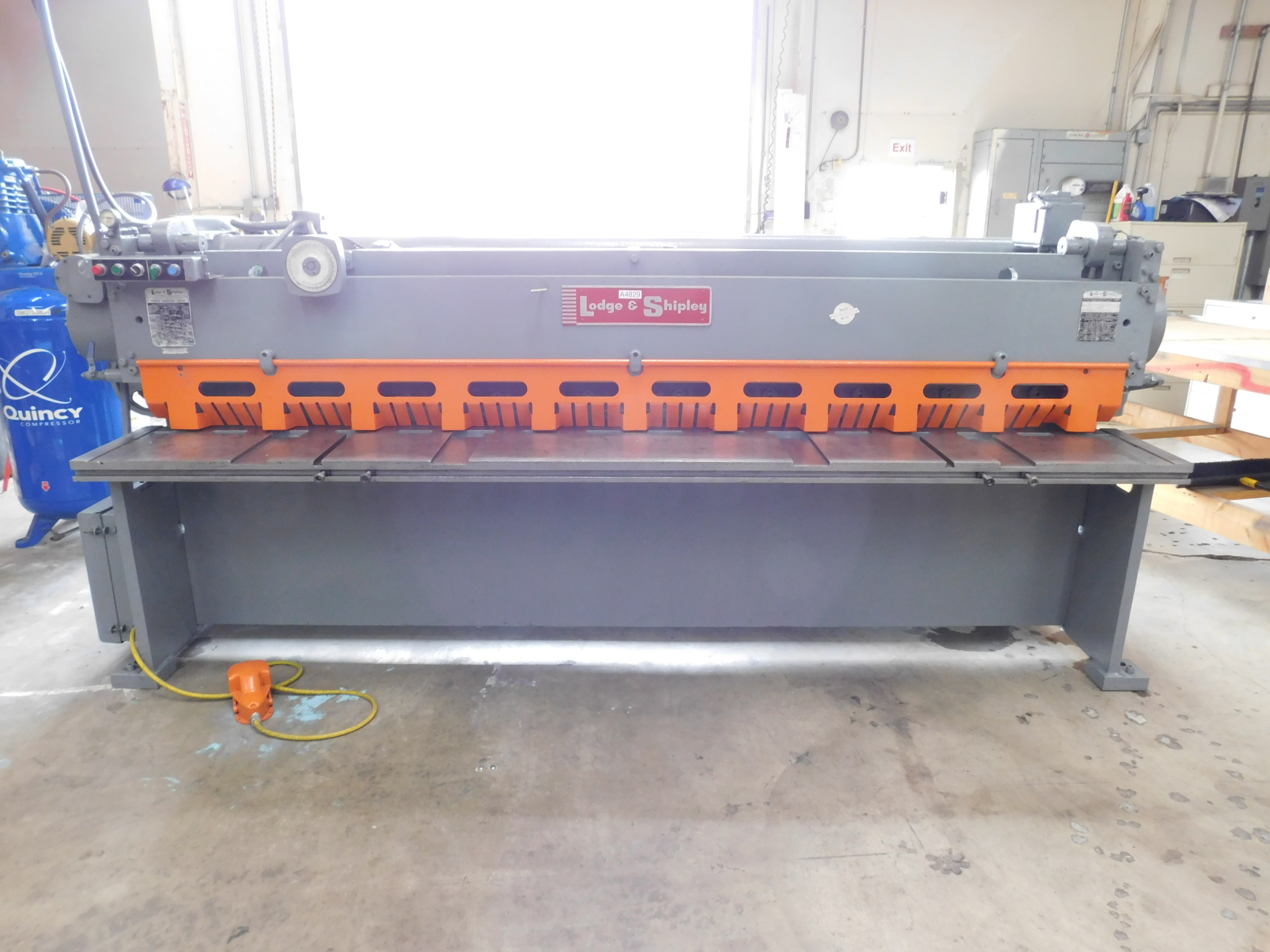The Future of Sustainable Aviation: Environmental Impacts
The aviation industry, while essential for global connectivity, has a significant environmental footprint, primarily due to greenhouse gas emissions. As climate change becomes an increasingly pressing concern, there is a growing urgency to develop sustainable aviation practices.
It’s critical for aerospace entities to understand the environmental impacts of the aviation industry and highlights the innovative technologies and sustainability efforts being pursued to reduce carbon emissions.
The Environmental Impacts of Aviation
During the infancy of aviation, little or no thought was given to any potential impact these aircraft might have on the environment. And, truth be told, for the first several decades of civil aviation any impact would have been unsubstantial at worst and likely nonexistent.
Things changed by the 1950s as commercial airlines began to expand operations and the growth of civil aviation rose exponentially.
Fast forward to 2024 and there are more than 100,000 commercial flights around the world every day, which is equivalent to over 400 departures per hour. The number of flights has been increasing steadily since the early 2000s, however the COVID pandemic caused a significant drop in 2020. Flights are now back up to all-time highs which expect to increase again and reach a new peak of 40.1 million in 2024.
On average, there are between 7,782 and 8,755 commercial planes in the air at any given time. A typical day for a pilot is 6-13 hours, and they fly 1-4 flight segments during that time. Pilots can fly up to eight hours per 24-hour period, and up to 10 hours if a second pilot is aboard. After a flight, pilots are required to rest for a minimum of 16 hours.
For those reasons, the actuality of potentially measurable and tangible environmental impact as a byproduct of the commercial aerospace industry has become a growing concern for many. So, what are these impacts?
Greenhouse Gas Emissions
Aviation is a significant contributor to greenhouse gas emissions, primarily carbon dioxide (CO2), which is a major driver of global warming and climate change. The aviation industry’s emissions are a result of burning fossil fuels for propulsion which in this case would be major expenditures of jet fuel. As air travel continues to grow, so does the industry’s carbon footprint, exacerbating the challenges posed by climate change.
Noise Pollution
Aircraft noise pollution is another significant environmental impact. The noise generated by aircraft can have adverse effects on wildlife, human health, and property values which is something that wouldn’t come to mind for most. Wildlife can be disturbed or even harmed by aircraft noise, leading to habitat loss, population declines and extinction. In human communities, noise pollution can disrupt sleep, increase stress, and contribute to hearing loss. Lastly, the noise of constant aircrafts taking off or landing can significantly reduce property values in areas near airports and/or military bases.
Air Quality
Aircraft emissions can also contribute to air pollution, leading to a range of health problems. Nitrogen oxides (NOx) and particulate matter (PM) are among the pollutants emitted by aircraft. These pollutants can react with other atmospheric pollutants to form smog, which can irritate the eyes, nose, and throat, and exacerbate respiratory problems. Long-term exposure to air pollution can also increase the risk of heart disease, stroke, and lung cancer.
Aviation and Climate Change Impacts
The environmental impacts of aviation are not limited to the immediate vicinity of airports. Greenhouse gas emissions from the aviation industry contribute to global warming, which many fear can lead to a range of climate change impacts, including rising sea levels, more extreme weather events, and changes in precipitation patterns which we have already seen throughout the past couple years for example the recent hurricanes Helen and Milton in the Florida region as well as an increase in earthquakes all around Southern California. These impacts can have far-reaching consequences for Earth’s ecosystems, our economies, and human health overall.
Sustainable Aviation Innovations
Here are a few of the more innovative approaches being taken towards sustainable aviation:
-
Sustainable Aviation Fuels (SAF)
Sustainable aviation fuels (SAF) offer a promising solution to reduce the carbon footprint of the aviation industry. These fuels are made from renewable sources, such as waste cooking oil, agricultural residues, and forestry byproducts. SAFs can significantly reduce greenhouse gas emissions compared to traditional jet fuel. While the production of SAFs is still in its early stages, it has the potential to make a substantial contribution to decarbonizing the aviation sector.
-
Electric and Hybrid-Electric Aircraft
Electric and hybrid-electric aircraft are another promising avenue for reducing aviation emissions. These aircraft use electric motors or a combination of electric and traditional engines, offering the potential for zero or low-emission flight. While electric aircraft technology is still under development, advancements in battery technology and electric propulsion systems are making it increasingly feasible.
-
Hydrogen-Powered Aircraft
Hydrogen-powered aircraft are another potential solution for achieving zero-emission aviation. Hydrogen fuel cells can provide clean energy for aircraft, with zero carbon emissions. However, the development of hydrogen-powered aircraft faces significant challenges, including the need for infrastructure to produce, store, and distribute hydrogen fuel.
-
Aircraft Design Improvements
Advancements in aircraft design can also play a crucial role in reducing aviation emissions. More efficient aerodynamics, lighter materials, and improved propulsion systems can all contribute to reducing fuel consumption and emissions. Aircraft manufacturers are continually investing in research and development to develop more sustainable aircraft designs.
-
Introduction of lightweight materials
Lighter materials like carbon fiber are playing a crucial role in reducing the aerospace industry’s carbon footprint. These advanced composites are significantly lighter than traditional metals like aluminum, which reduces the overall weight of aircraft. Lighter planes require less fuel, leading to lower carbon dioxide emissions during flight. Additionally, carbon fiber’s strength and durability allow for longer-lasting components, reducing the need for frequent replacements and further minimizing environmental impact. By adopting these materials, the aerospace industry is taking a significant step toward achieving more sustainable and fuel-efficient operations.
-
Operational Efficiency
Improving operational efficiency can also help to reduce aviation emissions. Optimizing flight paths, reducing ground operations, and improving air traffic management can all contribute to reducing fuel consumption and emissions. Airlines and airports are working together to implement more efficient operations and reduce their environmental impact.
Sustainability Efforts
Because sustainability can be approached from a variety of areas and directions, the concerted efforts of various entities and technologies has lent itself to a significant growth and impact of sustainable aviation. These tactics include:
Carbon Offsetting
Carbon offsetting is a strategy that allows airlines to offset their greenhouse gas emissions by investing in projects that reduce emissions elsewhere. These projects can include renewable energy initiatives, reforestation efforts, and energy efficiency improvements. By offsetting their emissions, airlines can contribute to reducing the overall impact of the aviation industry on climate change.
Industry Partnerships
Collaboration between airlines, aircraft manufacturers, fuel suppliers, and governments is essential for driving sustainable aviation initiatives. Partnerships can help to accelerate the development and deployment of new technologies, improve operational efficiency, and promote sustainable practices throughout the aviation industry. Governments can also play a crucial role by providing policy support and incentives for sustainable aviation.
Technological Advancements
Continued research and development are essential for developing and implementing innovative technologies that reduce the environmental impact of aviation. This includes investments in diverse items such as:
- sustainable aviation fuels
- electric and hybrid-electric aircraft
- hydrogen-powered aircraft
- improved aircraft design
Governments and industry can work together to support research and development efforts and accelerate the adoption of new technologies within the aerospace industry.
Consumer Awareness and Engagement
Raising awareness among passengers and the public about the environmental impacts of aviation is crucial for driving sustainable practices. By understanding the impact of their travel choices, consumers can make more informed decisions and support airlines that are committing to a more sustainable future. Airlines can also play a role in educating their passengers about sustainable aviation practices and encouraging them to make more environmentally friendly choices, such as choosing more efficient aircraft which offsets their emissions.
On the Horizon: A Sustainable Future for Civil Aviation
The future of sustainable aviation is promising, with a range of innovative technologies and sustainability efforts being pursued. By embracing these advancements and working together, the aviation industry can significantly reduce its environmental footprint and contribute to a more sustainable future. As climate change becomes a more pressing issue, the need for sustainable aviation practices will only grow more urgent.
AAA Air Support: Your Sustainable Aviation Parts Partner
As a leading manufacturer and distributor, AAA Air Support supplies high-quality aerospace materials, including roll-formed stringers, extruded parts, and a wide range of aluminum, steel, and titanium products. We’re committed to providing innovative, sustainable solutions that meet industry standards and contribute to a greener future.
Beyond our material offerings, we also provide comprehensive precision machining services. Our state-of-the-art facilities and expert team ensure consistent quality and timely delivery. Whether you need large or small quantities, AAA Air Support is your reliable source for accurate, efficient, and quality aerospace components that you can trust.
We invite you to contact us today to learn more about how we can serve you.
Additional Resources:
- The Aerospace Industries Association: https://www.aia-aerospace.org/
- The Environmental Protection Agency: https://www.epa.gov/
- The International Civil Aviation Organization: https://icao.int/


